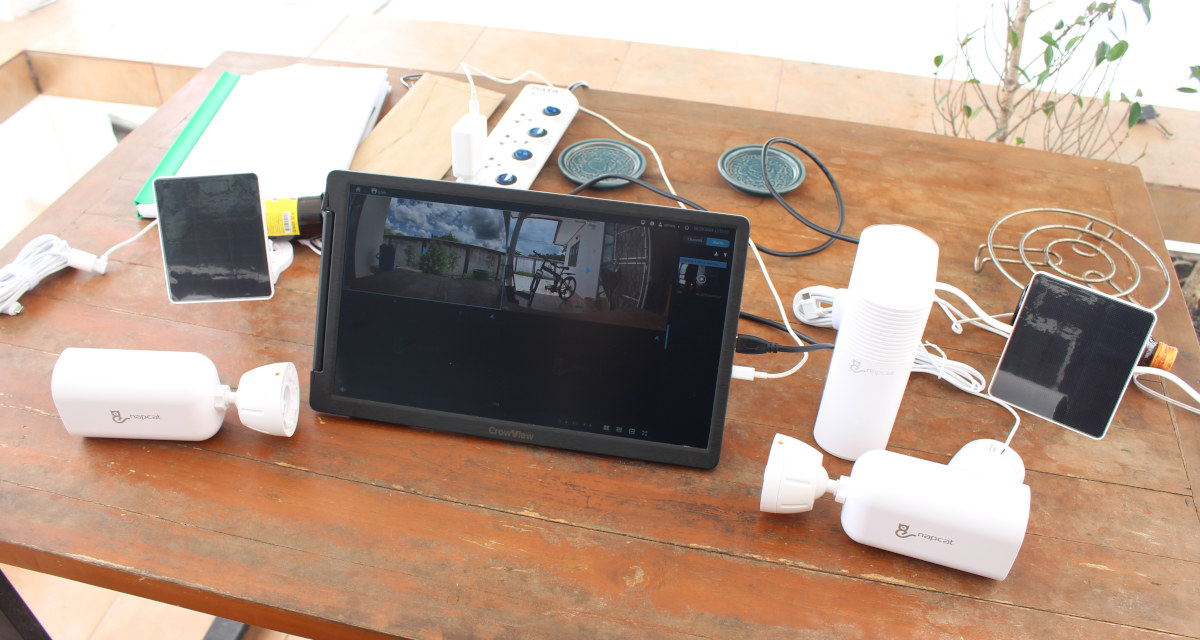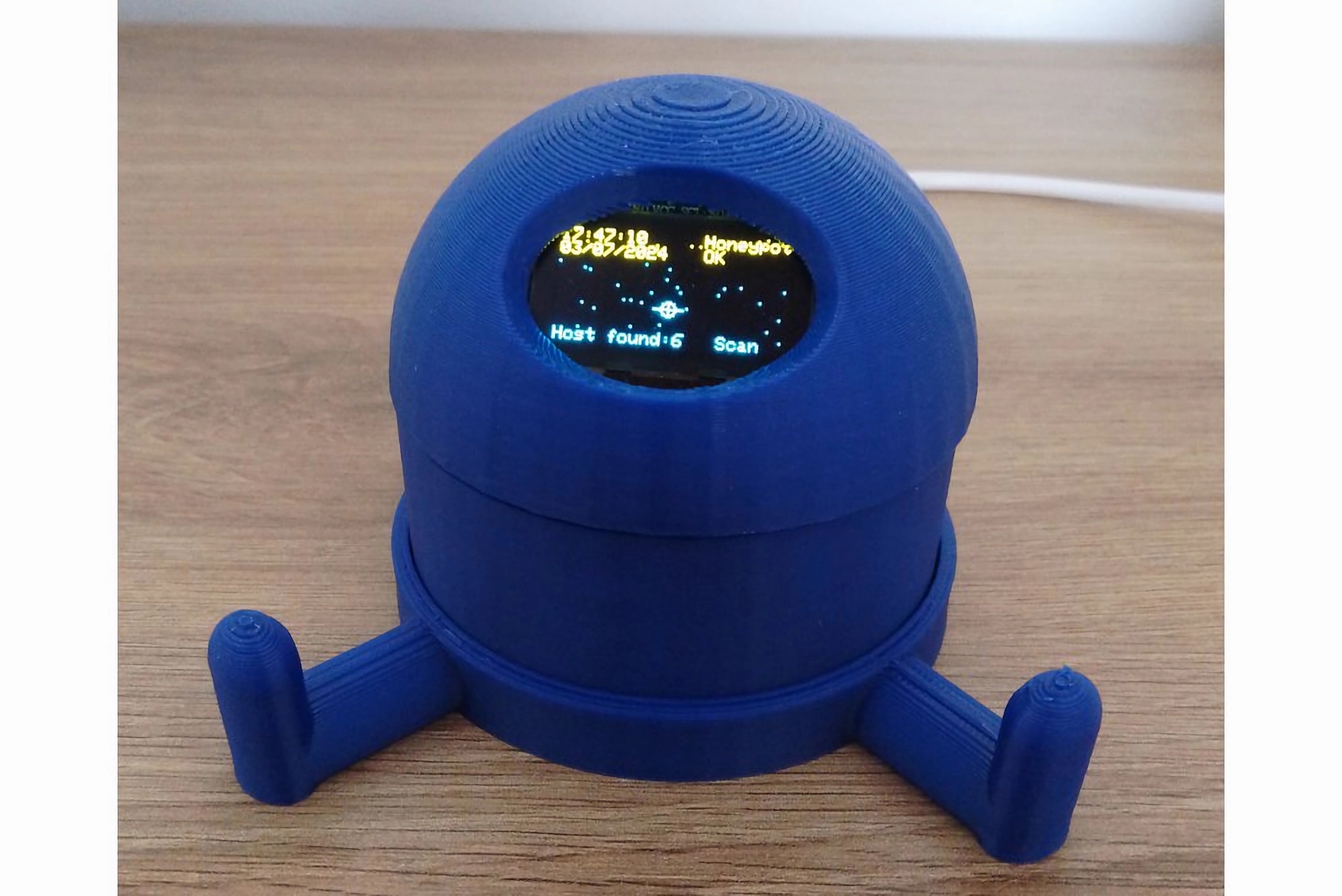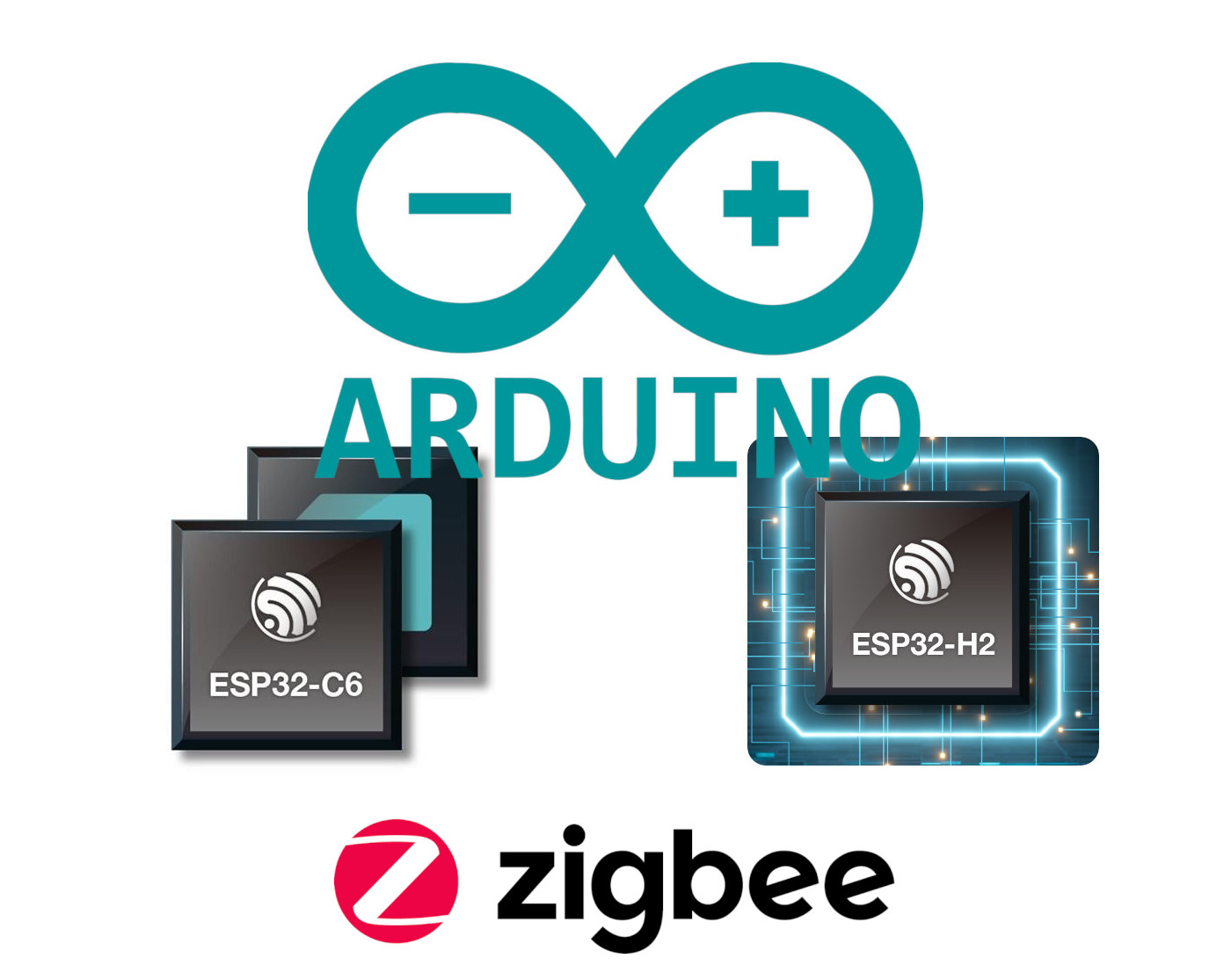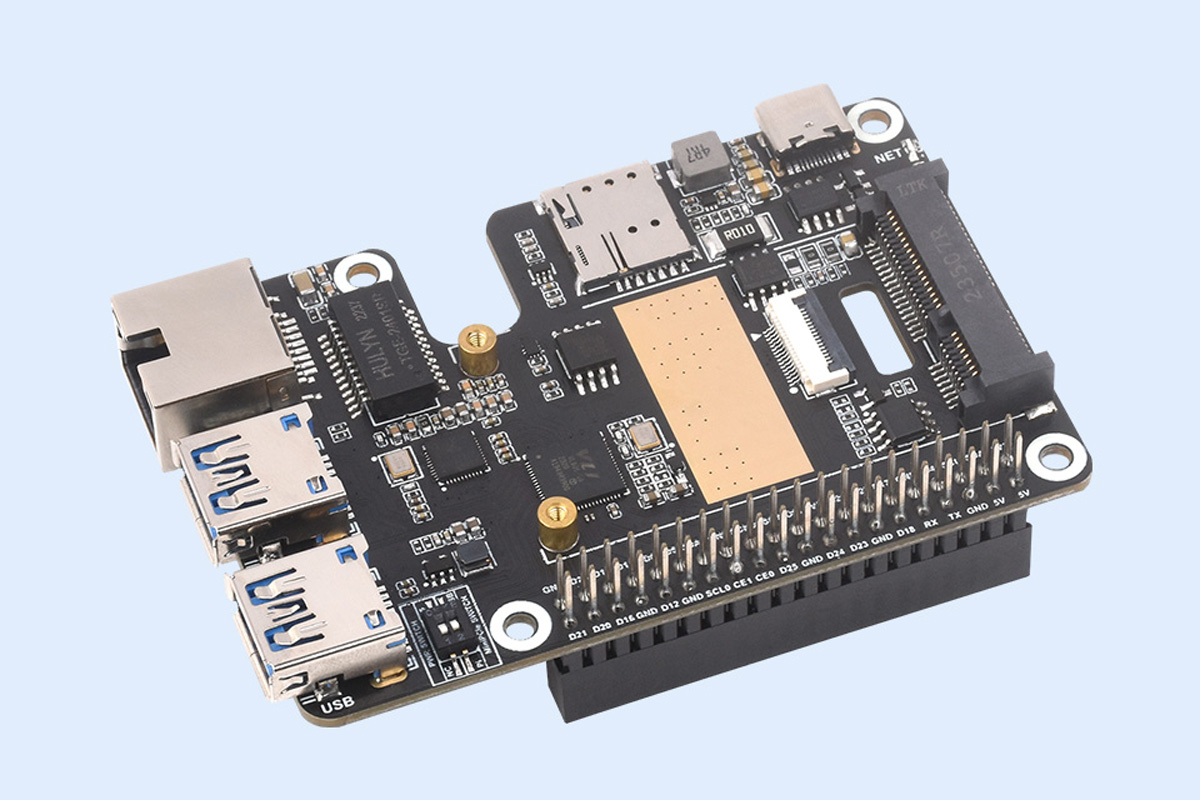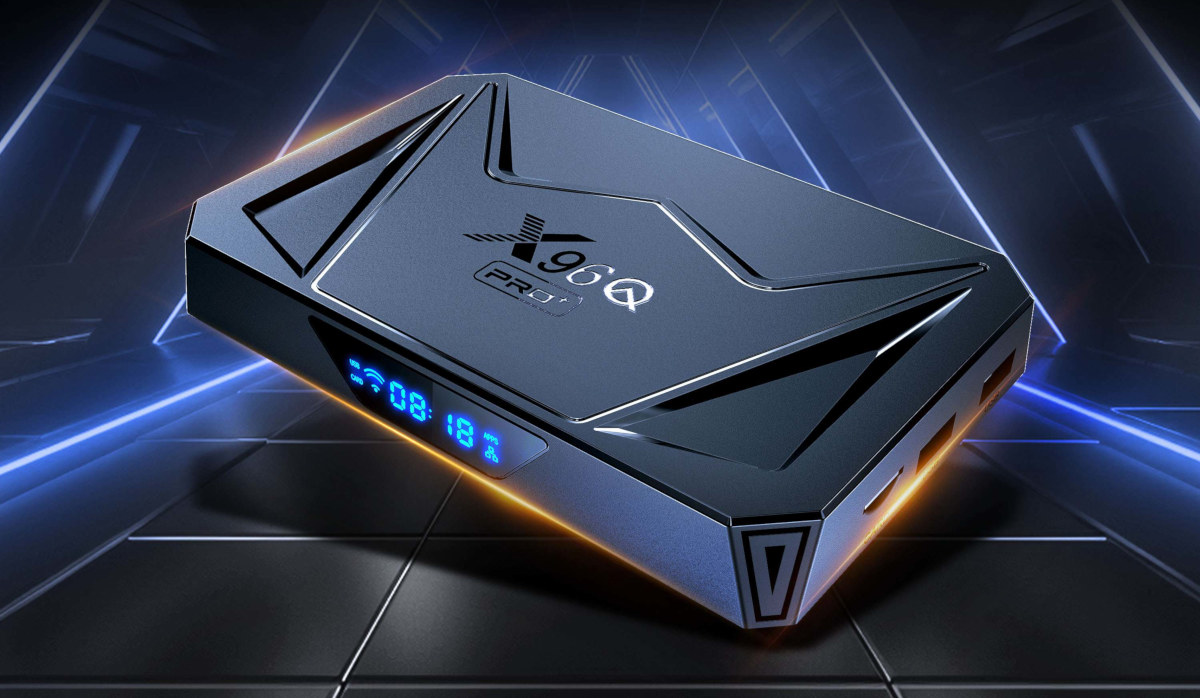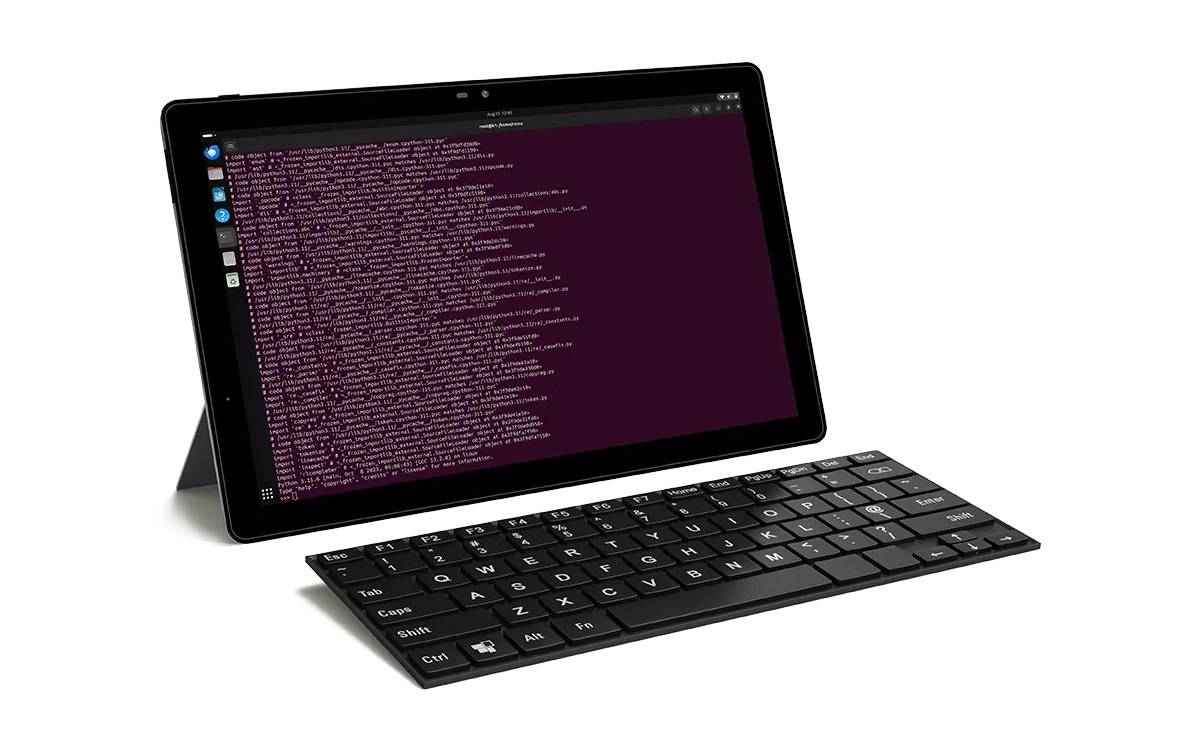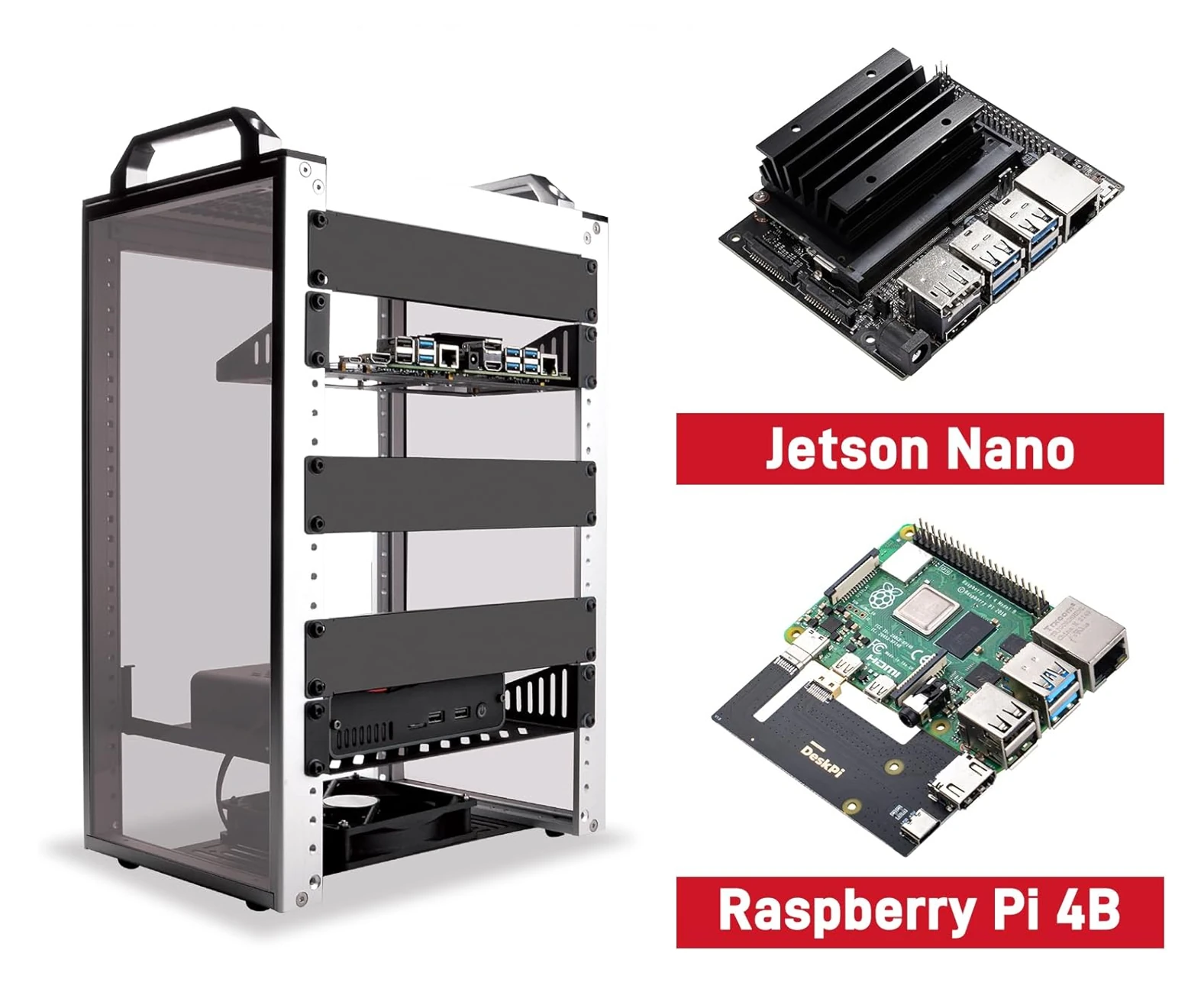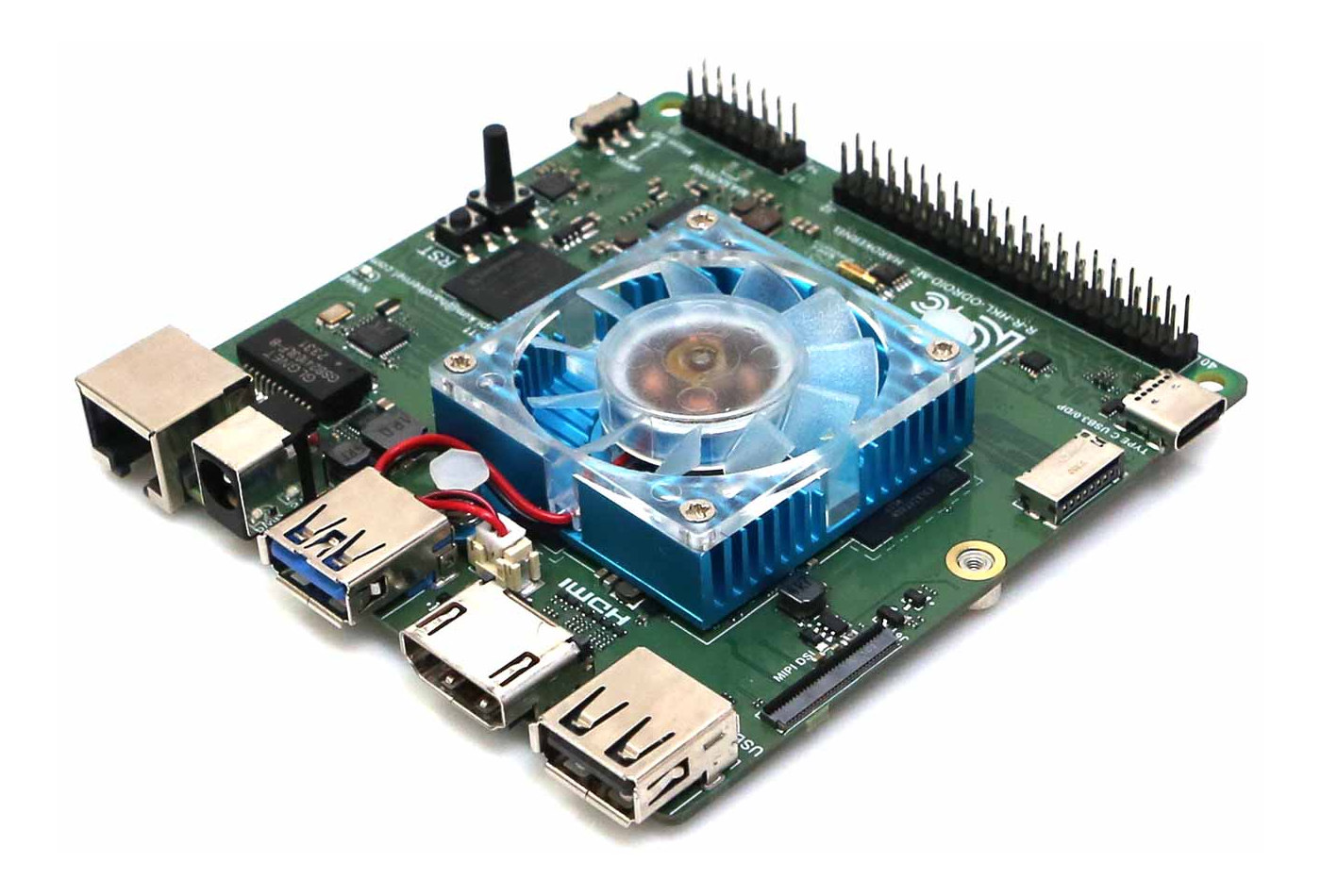After I reviewed the NapCat smart video doorbell last June, the company asked me to review a wireless NVR with solar-powered security cameras and I understood I would receive a kit with four solar-powered cameras and an NVR with storage preinstalled. In this review, I’ll go through an unboxing, a quick teardown of the NVR, the installation process, and my experience with the Napcat NVR user interfaces (connected to HDMI) and the Napcat Life Android app which I also used with the video doorbell. Napcat wireless NVR N1S22 kit unboxing The package I’ve received reads “N1S22” model of a “Solar-powered Security Camera System” and is quite smaller than I expected. One reason for the small size is that my kit only comes with two cameras instead of four, and the company also did a good job of making everything take as little space as possible. On the net, you’ll see […]
ESP8266-powered Netgotchi network security scanner aims to protect your home network
The Netgotchi network security scanner is a simple, compact device based on an ESP8266 wireless microcontroller with a single goal: to defend your home network from intruders and potential bad actors. It is described as “Pwnagotchi’s older brother,” a network guardian that keeps your network safe instead of penetrating it. If you are unfamiliar with Pwnagotchi, it is an A2C-based (advantage actor-critic) “AI” that can penetrate Wi-Fi networks using WPA key material obtained from passive sniffing or de-authentication attacks. The Netgotchi is a reverse Pwnagotchi that alerts you to intruders or breaches in your network. It runs on a simple microcontroller and cannot employ reinforcement learning like the Pwnagotchi. Rather, it pings the network periodically and reports any new potential security threats. The device’s design is as simple as its purpose. It is an ESP8266 microcontroller connected to an OLED display and running an Arduino .ino script, enclosed in a […]
Arduino Core for ESP32 gets a Zigbee wrapper library
Some of the newer Espressif Systems wireless SoCs such as the ESP32-H2 and ESP32-C6 support Zigbee through their built-in 802.15.4 radio. It’s been working since the release of the ESP-IDF 5.1 framework along with the ESP-Zigbee-SDK for a while, but Arduino support was less straightforward. But this is about to change as an Espressif engineer nicknamed P-R-O-C-H-Y has recently added a Zigbee wrapper library for the ESP-Zigbee-SDK to Arduino Core for ESP32 that works with ESP32-C6 and ESP32-H2 as standalone nodes and other SoC can be used as radio co-processor attached to an RPC (802.15.4 radio layer). The wrapper library currently supports the following: Zigbee classes and all Zigbee roles Zigbee network scanning Allow multiple endpoints on the same Zigbee device (not tested yet) Supported Home Assistant devices On/off light + switch Color Dimmable light + switch Setting Manufacturer and model name Other tasks currently planned include supporting “Temperature sensor […]
Raspberry Pi 5 PCIe HAT+ board features gigabit Ethernet, 4G LTE (mini PCIe), two USB 3.2 ports
Waveshare has recently introduced the PCIe to MiniPCIe GbE USB3.2 HAT+ for Raspberry Pi 5 adding gigabit Ethernet, a mini PCIe socket for 4G LTE, and two USB 3.2 Gen1 ports to the popular Arm single board computer. The HAT+ is compatible with IM7600G-H-PCIE/EG25-G-mPCIe series 4G LTE modules with 4G/3G/2G global band and GNSS positioning. Additionally, it has a gigabit Ethernet with an onboard RJ45 port, two USB 3.2 Gen1 ports, an onboard power monitoring chip, and EEPROM. All these features make this HAT useful for applications such as industrial routers, home gateways, set-top boxes, industrial laptops, industrial PDAs, and much more. We have previously written about many different types of HATs for the Raspberry Pi 5 designed by Waveshare including the Waveshare UPS HAT (E), the Waveshare PoE HAT (G), the Waveshare PCIe to USB 3.2 HAT+, and many other products. Feel free to check those out if you […]
Allwinner H728 octa-core Cortex-55 SoC powers $40+ X96Q PRO+ Android 14 TV box
X96Q Pro+ is an Android 14 TV box powered by the new Allwinner H728 octa-core Cortex-A55 SoC with a Mali-G57-MC1 GPU, and a 4Kp60 / 8Kp24 H.265 and VP9 4Kp60 video decoder that looks very similar to the Allwinner T527 AIoT SoC. The TV box ships with 4GB RAM and 32GB eMMC flash by default, and features an HDMI 2.0 port outputting up to 4K at 60 Hz, a 3.5mm audio jack, an optical S/PDIF output, a gigabit Ethernet port, WiFi 6 and Bluetooth 5.0 connectivity, and a few USB ports. X96Q Pro+ specifications: SoC – Allwinner H728 CPU – Octa-core Arm Cortex-A55 processor in two clusters of four cores four cores GPU – Arm Mali-G57 MC1 GPU VPU Video decoder H.265 up to 4Kp60 or 8Kp24 VP9 up to 4Kp60 H.264 BP/MP/HP up to 4Kp30 Multi-format 1080p60 VP8, MPEG-1/2 SP/MP, MPEG-4 SP/ASP, AVS+/AVS JIZHUN Video encoder: H.264 up to […]
DC-ROMA RISC-V Pad II octa-core RISC-V tablet can be pre-ordered for $149 and up
DeepComputing DC-ROMA RISC-V Pad II is a 10.1-inch tablet based on the same SpacemIT K1 octa-core 64-bit RISC-V processor found in the DC-ROMA RISC-V Laptop II introduced a few months ago, as well as in the MILK-V Jupiter mini-ITX motherboard. The RISC-V tablet features up to 16GB LPDDR4, 128GB eMMC flash, a 10.1-inch capacitive touchscreen display with 1920×1200 resolution, a 5MP rear camera, a 2MP webcam, a USB-C port for peripherals and/or an external display, and a 6,000 mAh battery. DC-ROMA RISC-V Pad II specifications: SoC – SpacemiT K1 CPU – 8-core X60 RISC-V processor @ up to 2.0 GHz GPU – Imagination IMG BXE-2-32 with support for OpenCL 3.0, OpenGL ES3.2, Vulkan 1.2 VPU – H.265, H.264, VP9, VP8 4K encoding/encoding NPU – 2.0 TOPS AI accelerator RVA 22 Profile RVV 1.0 compliant System Memory – 4GB, 8GB or 16GB LPDDR4 Storage 64GB or 128GB eMMC 5.1 flash MicroSD […]
DeskPi RackMate T1 is a U8 desktop rack designed for Raspberry Pi, NVIDIA Jetson, mini-ITX motherboards, and more
DeskPi RackMate T1 is a U8 desktop rack especially suited to SBC users with support for Raspberry Pi SBCs, NVIDIA Jetson developer kits, Raxa ROCK 5B pico-ITX SBC, mini-ITX motherboards, and more. The RackMate T1 chassis is made of aluminum alloy and acrylic frame and its 8U form factor (406 (H) x 280 (L) x 200 (W) mm) allows it to be placed either on a desk or a floor of a home lab. DeskPi RackMat T1 highlights: Mounting holes on all trays Raspberry Pi 3B, 3B, +4B, and DeskPi aux board bring HDMI and USB-C to the front (M2.5 screws) – star holes NVIDIA Jetson Nano developer kit (M2.5 screws) – square holes Radxa ROCK 5B pico-ITX SBC (M3 screws) – round holes 2.5-inch drives Screw kits with M2.5 screws and standoffs, M3 screws, and a screwdriver Dimensions – 406 x 280 x 200 mm (H x L x […]
ODROID-M2 low-profile SBC features Rockchip RK3588S2 SoC, up to 16GB LPDDR5, 128GB eMMC flash
Hardkernel has just launched the ODROID-M2 low-profile SBC based on a Rockchip RK3588S2 octa-core Cortex-A76/A55 AI SoC with up to 16GB LPDDR5, 64GB eMMC flash, an M.2 PCIe socket, support for three displays through HDMI, USB-C, and MIPI DSI interfaces, gigabit Ethernet, and more. The ODROID-M2 follows the ODROID-M1 and ODROID-M1S single board computers based on respectively Rockchip RK3568 and RK3566 quad-core Cortex-A55 processors, but a significantly more powerful Rockchip RK3588S2 processor, and a larger 90x90mm form factor to accomodate for extra features and interfaces. ODROID-M2 specifications: SoC – Rockchip RK3588S2 CPU – Octa-core processor with 4x Cortex-A76 cores @ up to 2.3 GHz (+/- 0.1Ghz), 4x Cortex-A55 cores @ up to 1.8 GHz GPU – Arm Mali-G610 MP4 GPU @ 1 GHz compatible with OpenGL ES 3.2, OpenCL 2.2, and Vulkan 1.2 APIs VPU – 8Kp60 video decoder for H.265/AVS2/VP9/H.264/AV1 codecs, 8Kp30 H.265/H.264 video encoder AI accelerator – 6 […]


